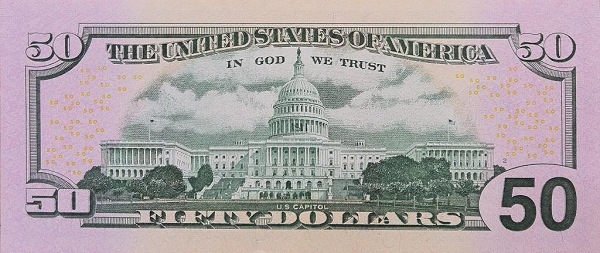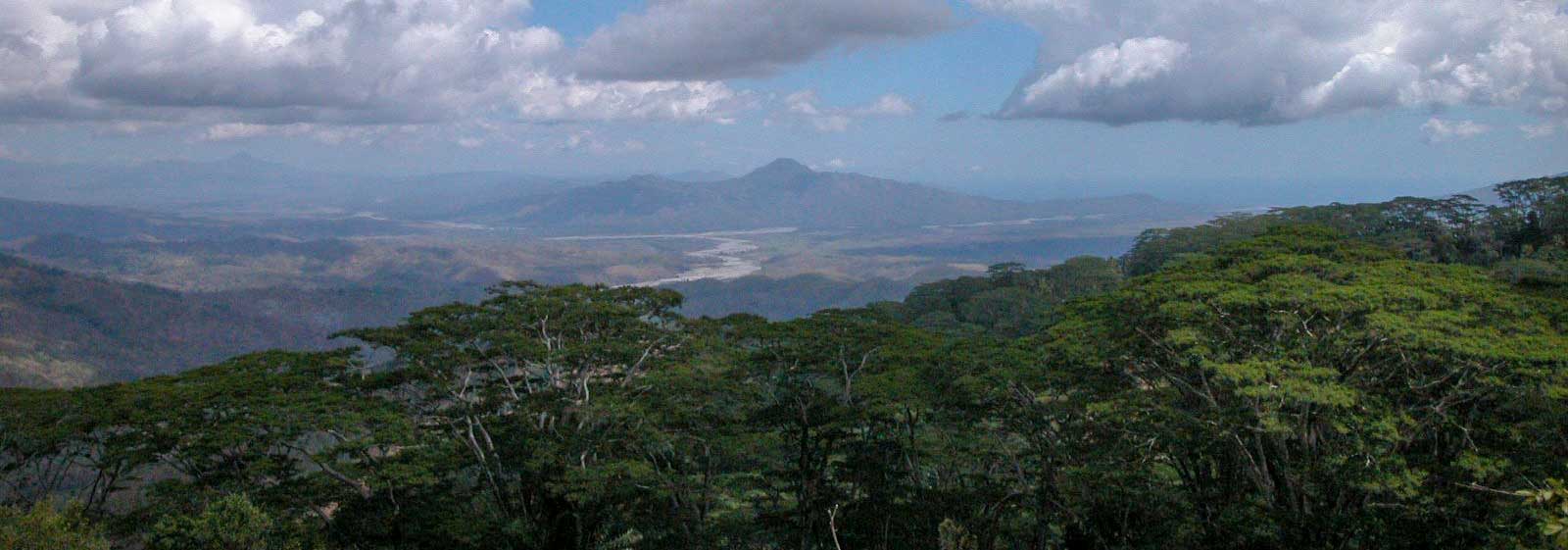Discovering Timor-Leste: A Unique Southeast Asian Gem
Timor-Leste, often referred to as East Timor, stands as a testament to the resilience and rich cultural heritage of its people. Nestled in the eastern part of the island of Timor, this relatively young nation lies at the eastern edge of the Lesser Sunda Islands. It shares borders with Indonesia to the west and is surrounded by the Timor Sea to the south and the Savu Sea to the north, making it a strategically located country in Southeast Asia.
Geographical Overview of Timor-Leste
The total area of Timor-Leste measures approximately 14,874 square kilometers, a land size comparable to half of Belgium or slightly larger than the Bahamas. This diverse terrain contributes to its breathtaking landscapes, characterized by rugged mountains and lush valleys. Among its geographical highlights, Foho Tatamailau, reaching an impressive height of 2,963 meters, stands as Timor-Leste's pinnacle. Moreover, the country boasts the islands of Pulau Acrobat and Paula Jaco, enriching its territorial waters with vibrant marine biodiversity.
A Glimpse into the Population and Languages of Timor-Leste
As of 2015, Timor-Leste had a population nearing 1.2 million individuals. The capital city, Dili, serves as both the political and cultural heart of the nation. The rich linguistic tapestry of Timor-Leste includes Portuguese and Tetum as official languages. However, the diverse population also speaks Indonesian and English, reflecting the country's historical connections and modern influences.
Historical Context of Timor-Leste
The historical backdrop of Timor-Leste is remarkable. In 1975, when Portugal dissolved its colonial ties, the population stood at around 680,000. At that time, 97% identified as Timorese, with small percentages of Chinese and Portuguese ancestry. Presently, Timor-Leste's demographics showcase a notable shift, where approximately 78% are Timorese, complemented by 2% Chinese and 20% Indonesian inhabitants. This shift underscores the evolving identity of Timor-Leste shaped by its complex history and colonial influences.
Isolated yet Resourceful: The Life in Timor-Leste
Historically, the people of Timor-Leste primarily engaged in agriculture, living in scattered villages. They grew their own food, relying heavily on the produce from their fields. Interestingly, only a few coastal communities embraced fishing, while trade and commerce largely fell into the hands of the Chinese traders. This pattern of life persisted for centuries, fostering a strong connection between the people and their land. The mountainous landscape resulted in a degree of isolation, leading to limited contact with urban centers and minimal exposure to external influences such as formal education.
Cultural Heritage and Beliefs in Timor-Leste
Despite centuries of Portuguese missionary efforts, many East Timorese maintained animistic beliefs. By 1975, a significant portion of the population, around 72%, identified as animists. This cultural heritage persists today, with local kings still holding substantial influence in the lives and allegiances of Timorese communities. The balance between traditional beliefs and modern influences continues to shape the sociocultural landscape of Timor-Leste.
The Road to Independence
Timor-Leste's path to sovereignty has not been without struggle. On November 28, 1975, the nation declared independence from Portugal. However, this was short-lived as Indonesia took control shortly thereafter. After decades of conflict and resilience, Timor-Leste restored its independence on May 20, 2002. It adopted a new constitution in March of the same year, establishing a parliamentary democracy. This moment marked a new chapter for Timor-Leste, emphasizing the importance of self-determination and national identity.
Political Landscape of Timor-Leste
Timor-Leste operates as a parliamentary democracy, reflecting its commitment to democratic values despite its turbulent past. The nation's government structure is designed to promote inclusivity and representation, actively engaging its citizens in the political process. Various parties and political figures contribute to the vibrant discourse shaping the future of Timor-Leste.
Natural Resources and Economic Aspirations
Timor-Leste is endowed with valuable natural resources, including gold, petroleum, natural gas, manganese, and marble. Notably, the nation’s coffee and sandalwood exports serve as vital economic contributors. Agriculture remains fundamental to the economy, with coffee, rice, corn, and sweet potatoes among the primary products. Notably, the potential for oil and vanilla exports indicates a promising future for Timor-Leste's economy. The rich agricultural and geological resources provide a foundation for development, supporting both local livelihoods and national growth.
Challenges and Opportunities Facing Timor-Leste
Despite its rich resources, Timor-Leste faces several challenges. Issues such as high unemployment rates, low literacy levels—currently at approximately 41%—and inadequate infrastructure hinder the nation's progress. Moreover, historical tensions with neighboring countries have created complexities in international relations. For instance, Australia and Timor-Leste engaged in discussions at The Hague regarding disputed maritime boundaries and the consequential resource management of an area estimated to contain $40 billion worth of oil and gas. Australia has shown reluctance in establishing a permanent border until 2056, further complicating economic opportunities.
Connecting with Timor-Leste’s Cultural Identity
The cultural identity of Timor-Leste is a blend of indigenous practices and colonial influences. The predominantly Catholic population, who constitutes around 96% of the populace, plays an essential role in shaping societal norms and values. Timorese festivals, traditional music, and dance demonstrate the community’s rich heritage, fostering a strong sense of belonging among its citizens. The vibrant arts and crafts, particularly woven textiles, reflect the extraordinary craftsmanship that has been passed down through generations.
Conclusion: The Journey Ahead for Timor-Leste
As Timor-Leste forges ahead, it encounters both opportunities and challenges. The nation’s history of resilience and determination serves as a beacon of hope for its future. By harnessing its natural resources and embracing its cultural heritage, Timor-Leste stands poised to carve out a unique identity on the world stage. With a commitment to democracy, economic development, and social inclusion, the journey of Timor-Leste continues to unfold, revealing the indomitable spirit of its people and their quest for a brighter tomorrow.
Largest cities of: Timor-Leste
| City Name | Population | Year of foundation | |
| Dili | 29,220 | 1520 | |
| Ermera | 24,000 | 2003 | |
| Baucau | 19,561 | 1769 | |
| Liquiça | 15,000 | 1700 | |
| Oecusse | 8,000 | 1769 |
Timor-Leste: Money
















